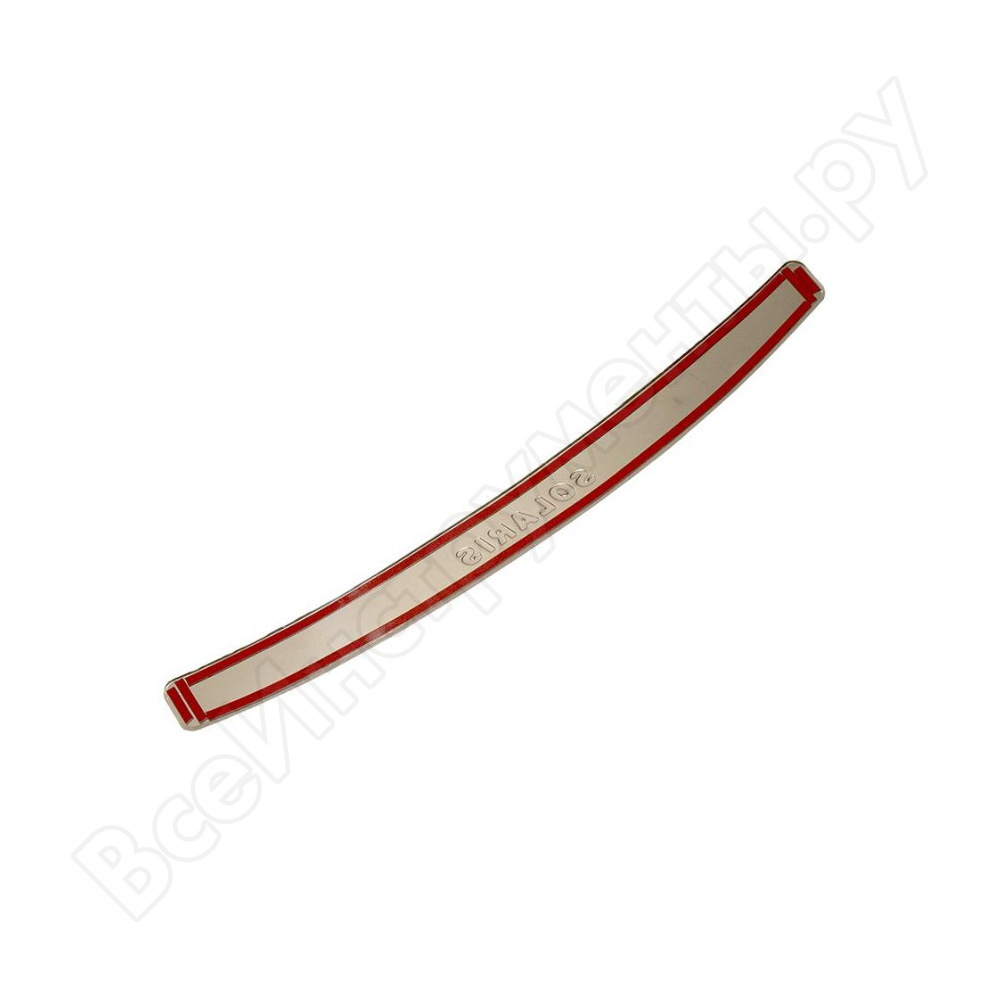Installation of floor heating involves subsequent long and uninterrupted operation of the heating system. In the city apartment, private house or cottage radiant floor heating is equally effective and convenient. Such a heating system may be equipped with almost any living space, but the effectiveness of its application depends on the compliance of technical characteristics of the equipment design features room. Properly designed and arranged heating circuits, expertly executed crimping underfloor heating systems allow owners of property for a long time to forget about the hassle of maintenance of heating appliances.

However, the idyll can not last forever - any technique is not eternal and eventually needs to be repaired. Heated floors are a complex combination of various equipment, a malfunction of one of the elements which may lead to failure of the entire heating system.
In some cases, such as problems with the capacity or integrity of floor water heat conductor, performing housing preservation have to drain the water from the heating circuit.
Let us consider the cases in which it is necessary to drain the fluid from the underfloor system, and how it is performed.
The main reasons for the discharge of water from the underfloor heating system
The reasons for which it is necessary to drain the water from the pipeline heating system, can It is quite a lot - from the upcoming extended absence in the house residents to replace the water system to antifreeze. To do it right, and do not cause damage to the heating system, we shall understand more about how independently of underfloor drain.
A common cause is the need for emptying the conservation heating system for the winter season as used in the circuit of ordinary water. This event before the cold weather is generally carried out in the cottages and country houses, is not used in the winter. To simplify and accelerate the draining process uses special equipment.

Important! The housing seasonal failure to drain water from the heating circuit before the arrival of warm floors is fraught with frost defrost system, so Use as antifreeze coolant undoubtedly preferred - except stability to low temperatures the liquid is less subjected to wear parts pump.
Another no less important event in the operation of underfloor heating - maintenance work on the heating system. Boiler water has a lot of impurities, which on heating to precipitate or form layers on the walls of the conduit. Due to the reduction of the internal lumen heat lines disturbed circulation of coolant in the system, the heat transfer is reduced. For this reason, the use of water should be carried Draining once or twice a year.
Water circuit filled with antifreeze, this problem does not suffer. Replacement of the coolant in this case is carried out every 3-5 years - when operated without superheating boiler (for underfloor maximum threshold coolant heating temperature of 45-550FROM).

Another reason for the need to drain the coolant fluid may be the loss of its physical properties. Changing antifreeze characteristics occurs after overheating - solution begins to foam, filling some parts of the foam heat lines, which disrupts the circulation of the coolant in the system and reduces heat.
Failure underfloor installation technology, the use of materials that are not intended for contact with chemicals, causes occurrence of corrosion processes in the heating system, also resulting in disturbed circulation of the coolant, and having leakage water circuit.
Drain piping underfloor naturally have replacing it on antifreeze - modernization.
These are the main reasons for the need to empty the system of warm floors and independently from the base, the water must coalesce according to the rules, the implementation of compliance with safety and engineering process sequence components operations.
The procedure works when draining water from the system
Heated floors are a closed system, so take care of the drain valve must be still on the stage of installation. Valves must match the number of water circuits.
Warm floor - it is actually a long hose, laid on the floor. A method of laying - circuit configuration may be different, but the working principle of one water circuit - heat medium gives heat to the surrounding space by heating the floor surface.

Before the operation of the drain coolant heating system is disabled, and then bided the time required to complete cooling of all its elements.
Given the fact that the water circuit is connected to the main conduit, and the connection location is arranged above floor level, the discharge of water is performed forcibly by air compressor.
Note: Power a domestic vacuum cleaner to drain the system of warm floors is not enough.
Important! For rinsing water circuit is used with the compressor working pressure up to 5 bar - the use of a more powerful unit is fraught destruction heat conductors.

Draining is carried out through the return line, equipped with a drain valve, and the compressor is connected the collector to the inlet pipe, so the check valve may create some interference purge pipe. Once connected to the collector of the compressor to the displacement of the coolant circuit is activated, and performed smooth increase air supply pressure - to a value, after which the liquid was flow at the outlet. It should be remembered that the volume of water in each of the circuits of underfloor heating is insignificant, so it is sufficient Hour conventional bucket capacity of 8-10 liters.
The compressor must work as long as from the pipe after the water begins to continuously flow the air.
On a note: if you do not have my compressor, there is another way to free the system from water and avoid thawing heating system. The input heat line tightly fits a suitable hose diameter 1 m long with a funnel at the end. End with a funnel is lifted higher and gradually pour into it a liquid for washing automobile glass - "nezamerzayku" (better to use a brightly colored). As the displacement of the return pipe water flows, and then the technical liquid - a long process, but effective.
Technical subtleties and nuances
In preparation for the sink is necessary to study the reservoir device to find and mark on the flow and return pipes seat valve arrangement, labeled as follows:
- feed - red;
- backflow - blue.

Having mixed flow with the return line, the drain system will not work - the check valve will block the conduit.
If not receiving tank, it is possible to connect the drain hose to the valve of the return and stretch it to the nearest receiving sewerage - toilet, sink or ladder.

Finished draining from one path is similarly performed emptying all others. During discharge of a portion of the remaining circuits of the system valves must be closed, and at the end of each stage taps oporozhnonnyh piping must also be closed.
For full discharge circuits purging procedure can be repeated after an hour - when moisture from the walls of heat lines stechot and accumulate at some portion.
Finally
Periodic draining of heated flooring system is needed. The frequency of this operation depends on the intensity of use of the heating system and water quality. In areas with hard water, which also contains a lot of suspended impurities, water must be drained at least once from the heating circuit a year.
Replacement of water in the heating pipe does not require financial expenses (in addition to possible compressor rental payment) therefore, this manipulation is better to make regular, extending this time trouble-free operation of water contours.
When using antifreeze coolant discharge procedure is performed much less frequently - once every 3-5 years, but subject to increased security measures - ethylene glycol, used for making freezing liquids, and its vapors are toxic substances that require the use of personal protective equipment (overalls, gloves, goggles, ventilation) and ventilation premises.


